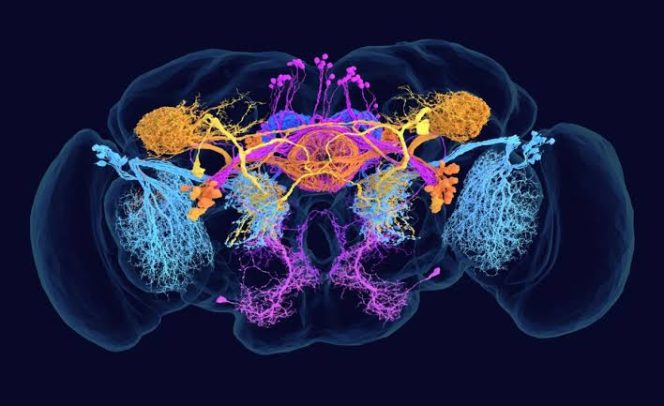INTERNEWSTIMES.COM – team of scientists has achieved a groundbreaking feat by mapping the entire brain of a fruit fly, revealing the intricate connections of its 130,000 cells and 50 million synapses. This unprecedented level of detail, published in the journal Nature, provides a comprehensive “wiring diagram” of the fly brain, known as a connectome.

The research, led by scientists at the Medical Research Council’s Laboratory of Molecular Biology (LMB) in Cambridge and Princeton University, represents a significant step forward in understanding the complexities of the brain. While humans have a million times more brain cells than flies, the fly brain’s simplicity offers a unique opportunity to study the fundamental principles of brain function.
This research could shed light on how our own brains process information, recognize faces, and understand language. Dr. Gregory Jefferis, one of the research leaders, explained that we currently lack a complete understanding of how the brain’s network of cells enables us to interact with the world around us. The fly brain mapping project aims to provide valuable insights into these processes.
The study has been hailed as a “huge leap” by leading brain specialists. Dr. Mala Murthy, another co-leader of the project, described the connectome as “transformative for neuroscientists,” highlighting its potential to improve our understanding of both healthy and diseased brains.
The fly brain, despite its minuscule size, is capable of complex tasks such as walking, hovering, and even singing love songs. This remarkable feat, achieved with a brain smaller than a pinhead, demonstrates the incredible computational power of even the simplest brains. The intricate wiring of the fly brain provides a blueprint for understanding the fundamental principles of brain function, potentially leading to advances in our understanding of human cognition and neurological disorders. (Red)























